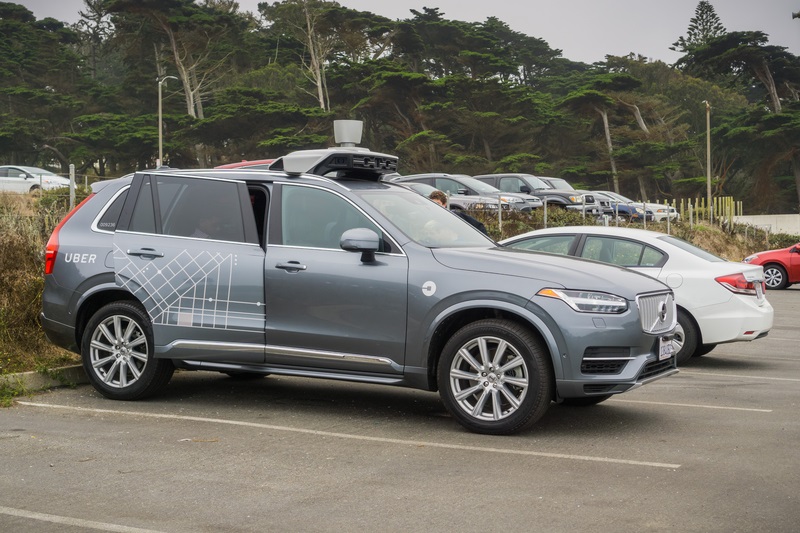According to the NTSB report, Uber said “emergency braking manoeuvres are not enabled while the vehicle is under computer control, to reduce the potential for erratic vehicle behaviour”. This means that the driver is relied upon to take appropriate action on the road – however, the system “is not designed to alert the operator”.
Investigators found that the car’s self-driving system registered the pedestrian about six seconds before impact, when the vehicle was travelling at 43mph. The system’s software classified the pedestrian “as an unknown object, as a vehicle, and then as a bicycle with varying expectations of future travel path”. At 1.3 seconds before impact, “the self-driving system determined that an emergency braking manoeuvre was needed to mitigate a collision”.
The NTSB is continuing its investigation to determine the probable cause of the accident, and plans to make safety recommendations to prevent similar incidents. The agency said it was working with Uber, Volvo Cars and the Arizona Department of Transportation “to compile a complete and accurate account of the crash”.
Uber ‘disabled braking system’ in fatal crash
Uber had disabled the emergency braking function of the Volvo XC90 which killed a pedestrian in Tempe, Arizona in March. A preliminary report from the National Transportation Safety Board (NTSB) says the car was “operating with a self-driving system in computer control mode” when it struck 49-year-old Elaine Herzberg, who was pushing a bicycle across the road. According to the NTSB report, Uber said “emergency braking manoeuvres are not enabled while the vehicle is under computer control, to reduce the







